Forest Regeneration Techniques to Benefit Wildlife
- August 19, 2024
- 0 comment
Explore forest regeneration techniques like ANR, agroforestry, and reforestation to enhance wildlife habitats and biodiversity. Forest regeneration is crucial for maintaining biodiversity, supporting wildlife, and ensuring ecosystem health. As forests face increasing pressures from deforestation, climate change, and human activities, effective regeneration techniques are essential for restoring habitats and benefiting wildlife.
Assisted Natural Regeneration (ANR)
Assisted Natural Regeneration (ANR) is a forest restoration strategy that utilizes the inherent recovery processes of degraded forest lands. Instead of planting new forests or imposing artificial interventions, ANR focuses on optimizing natural mechanisms to facilitate ecological recovery. This approach emphasizes:
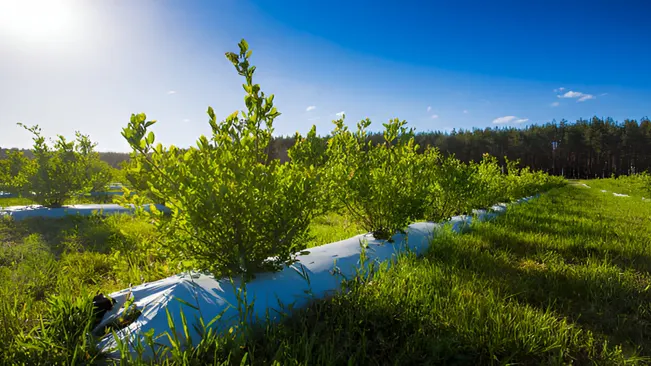
- Protection of Existing Vegetation: Safeguarding residual vegetation, including young trees and shrubs, is essential for ANR. This protection involves guarding against threats like overgrazing, fire, and illegal logging. By preserving existing plant life, we ensure that the natural seed bank and remaining species contribute effectively to ecosystem recovery.
- Control of Invasive Species: Invasive species can severely disrupt the recovery of native vegetation by competing for resources and altering habitat structures. Effective management involves identifying and removing these invasive species to allow native plants to reestablish and restore ecological balance.
- Management of Disturbances: Addressing environmental disturbances such as soil erosion, land degradation, and pollution is crucial for supporting natural regeneration. Implementing measures to stabilize soil, improve water quality, and reduce contamination helps create favorable conditions for native plant growth and forest recovery.
- Encouraging Natural Processes: Facilitating natural ecological processes, such as seed dispersal by animals or wind and natural seed germination, is key to successful regeneration. By supporting these processes, ANR leverages the ecosystem’s inherent abilities to rejuvenate and maintain biodiversity.
Forest Regeneration in Agroforestry Systems
Agroforestry integrates trees and shrubs into agricultural landscapes, creating multifunctional environments that benefit both agricultural productivity and ecological health. Key agroforestry practices include:
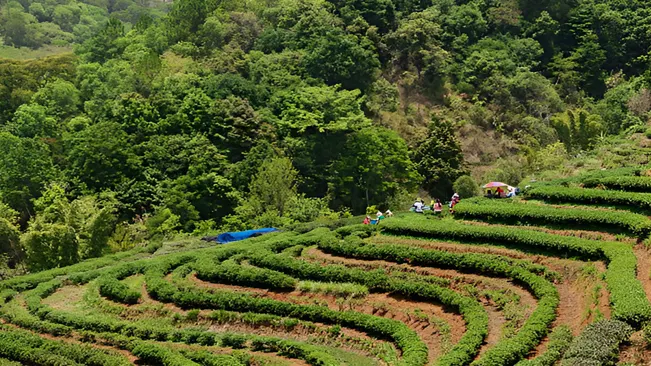
- Alley Cropping: This involves planting rows of trees or shrubs between crops. These trees act as windbreaks, reduce soil erosion, and improve soil fertility through leaf litter and root interactions. They also provide habitat and food sources for wildlife, enhancing biodiversity within farming systems.
- Silvopasture: In silvopasture systems, trees are integrated into pasturelands where livestock graze. The trees provide shade and shelter for the animals, improve soil health through their root systems, and create habitats for wildlife such as birds and insects. This practice promotes sustainable land use and enhances ecosystem services.
- Forest Farming: Forest farming involves cultivating specialty crops like mushrooms, medicinal plants, or berries under a forest canopy. This approach maintains forest cover while generating additional income and providing diverse habitats for wildlife. It supports the conservation of forest ecosystems and promotes biodiversity.
Reforestation and Afforestation
Reforestation and afforestation are essential techniques for addressing deforestation and land degradation, each serving distinct but complementary roles in forest management:
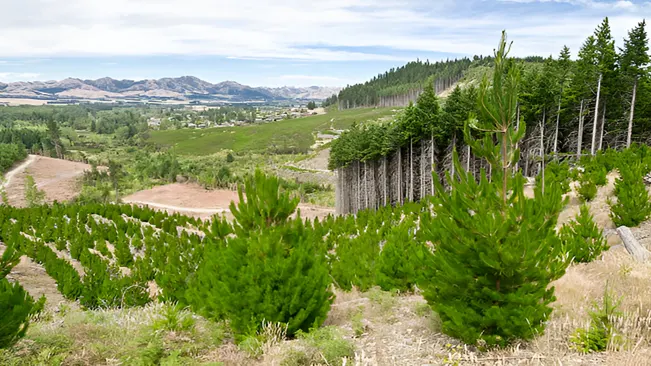
- Reforestation: Reforestation focuses on restoring tree cover to areas where forests have been previously cleared or degraded. This process includes:
- Natural Regeneration: Allowing native tree species to regrow naturally from existing seeds or rootstocks.
- Direct Seeding: Sowing seeds directly into the soil to promote natural forest recovery.
- Planting Seedlings: Cultivating and planting young trees to accelerate the restoration process and support ecosystem recovery.
- Afforestation: Afforestation involves establishing forests in areas that were not previously forested, often converting barren or non-forest lands into forested areas. Key steps include:
- Site Preparation: Preparing the land by clearing and conditioning it to support tree growth.
- Planting Diverse Species: Introducing a mix of native and adaptable tree species to create resilient forest ecosystems.
- Monitoring and Maintenance: Regularly assessing the health of planted areas and managing growth to ensure successful forest establishment.
Shelterwood Cutting and Selective Logging
These forest management practices aim to balance timber production with ecological sustainability:
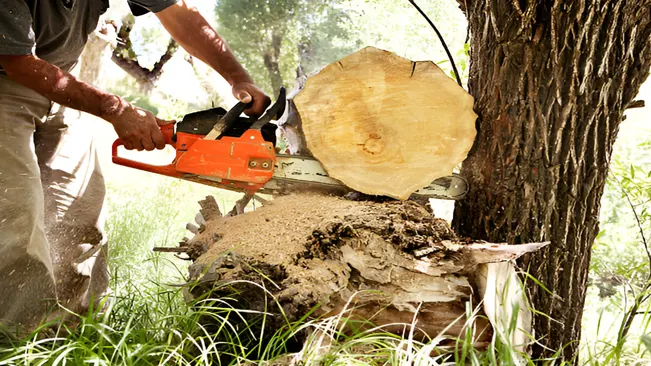
- Shelterwood Cutting: This technique involves the gradual removal of mature trees in stages to promote natural regeneration. It includes:
- Preparation Cut: Initial removal of some trees to increase light penetration and stimulate the growth of understory vegetation.
- Establishment Cut: Removing a larger portion of mature trees to create conditions for new seedlings to establish.
- Final Cut: Harvesting the remaining mature trees once the new generation is well-established, allows the new forest to thrive without competition.
- Selective Logging: Selective logging involves removing specific trees based on criteria such as species, size, or health. Benefits include:
- Minimized Habitat Disruption: Targeted removal reduces overall disturbance and maintains forest structure.
- Preservation of Key Features: Retains important habitat components like large trees and dense undergrowth.
- Improved Forest Health: Focused removal of diseased or non-native trees enhances forest health and resilience.
Enrichment Planting
Enrichment planting enhances existing forests by introducing additional plant species. This technique aims to:
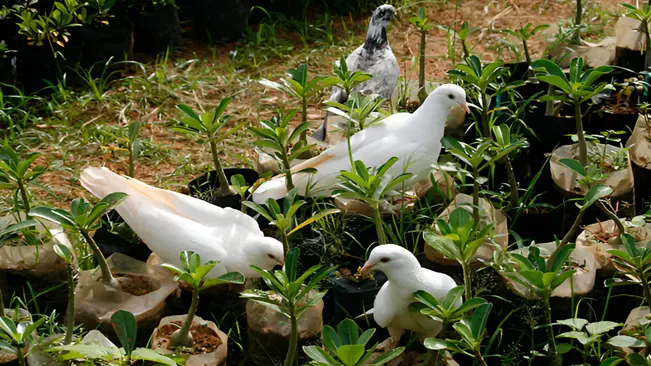
- Increase Habitat Complexity: Create varied forest structures with diverse canopy layers, offering different habitats for wildlife.
- Provide Additional Food Sources: Introduce new plant species that offer food resources for herbivores, insects, and other wildlife.
- Improve Nesting Sites: Add plant species that provide varied nesting environments, supporting bird, mammal, and insect populations.
- Enhance Biodiversity: Boost the variety of plant species, supporting a wider range of animals and contributing to overall ecosystem stability.
- Support Forest Health: Promote a balanced and diverse plant community, improving forest resilience against pests, diseases, and environmental changes.
Forest Connectivity and Corridors
Forest connectivity involves linking fragmented forest patches through corridors to support wildlife movement and ecosystem health. Benefits include:

- Maintaining Genetic Diversity: Corridors facilitate gene flow between isolated populations, reducing inbreeding and supporting adaptive evolution.
- Supporting Migration and Dispersal: Provide safe routes for seasonal movements and dispersal of young animals, ensuring access to resources and avoiding barriers.
- Reducing Population Decline: Prevent isolation of populations, mitigate habitat loss, and support larger, viable populations.
- Enhancing Habitat Availability: Improve access to diverse resources and habitat quality across connected forest patches.
- Supporting Ecological Processes: Maintain critical ecosystem functions like pollination and seed dispersal, contributing to overall biodiversity and ecological stability.
Fire Management and Prescribed Burns
Fire management and prescribed burns are tools for maintaining healthy ecosystems by mimicking natural fire regimes. Benefits include:
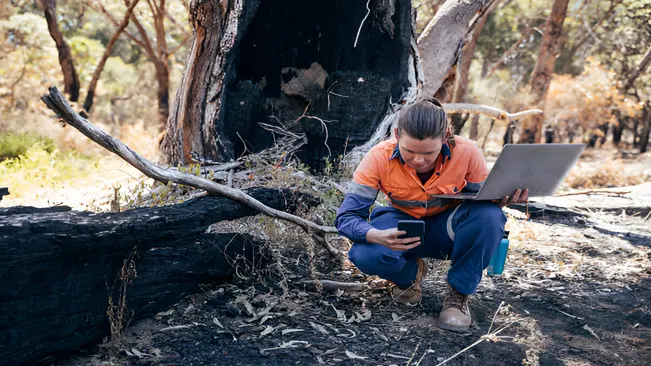
- Enhanced Habitat Diversity: Create varied vegetation structures that support species with different habitat needs.
- Improved Forage: Increase the availability of nutritious forage for herbivores, benefiting their health and productivity.
- Nesting and Cover: Offer diverse nesting sites and cover options, accommodating various wildlife species.
- Pest and Disease Management: Control pests and diseases by reducing dense vegetation and eliminating harmful plant species.
- Maintaining Ecological Balance: Sustain natural processes and interactions, supporting ecosystem health and resilience.
Invasive Species Management
Effective invasive species management is vital for preserving forest ecosystems. Key aspects include:

- Protection of Native Flora and Fauna: Manage invasive species to safeguard native plants and animals, ensuring they can thrive and maintain ecosystem balance.
- Improved Habitat Quality: Restore native habitat conditions by removing invasive species that disrupt vegetation and habitat structures.
- Support for Wildlife Recovery: Accelerate the recovery of native wildlife populations by eliminating invasive competitors and predators.
- Enhanced Biodiversity: Maintain or restore biodiversity by controlling invasive species, contributing to ecosystem resilience and stability.
Conclusion
Forest regeneration techniques play a vital role in restoring and enhancing wildlife habitats. By employing strategies such as Assisted Natural Regeneration, Agroforestry, Reforestation, and others, we can support biodiversity, improve ecosystem functions, and ensure that forests continue to provide critical resources for wildlife. Effective forest management and restoration not only benefit wildlife but also contribute to the overall health and resilience of our planet’s ecosystems.
FAQs
1. What are forest regeneration techniques?
Forest regeneration techniques are methods used to restore and rejuvenate forests that have been degraded or disturbed. These techniques aim to promote the recovery of forest ecosystems, enhance biodiversity, and support wildlife habitats.
2. Why is forest regeneration important for wildlife?
Forest regeneration helps rebuild critical habitats for wildlife, supports biodiversity, and provides food, shelter, and breeding grounds. Healthy forests also contribute to ecosystem services such as water purification and climate regulation, which benefit wildlife indirectly.
3. What is Assisted Natural Regeneration (ANR)?
Assisted Natural Regeneration (ANR) is a forest restoration technique that involves enhancing the natural recovery process by removing obstacles to regeneration, such as invasive species, and supporting the growth of native vegetation. ANR helps restore forests by fostering the natural processes of regeneration and succession.
4. How does Agroforestry benefit wildlife?
Agroforestry integrates trees and shrubs into agricultural landscapes, creating diverse habitats and providing wildlife with food, shelter, and corridors for movement. It helps maintain ecological balance and can increase the overall biodiversity of the area.
5. What role does genetic diversity play in forest regeneration?
Genetic diversity is crucial for the resilience and adaptability of forest ecosystems. Maintaining a diverse genetic pool in reforestation efforts helps ensure that trees and plants can adapt to changing environmental conditions and diseases, which benefits wildlife dependent on these plants.
6. What are the benefits of planting native species in forest regeneration?
Planting native species helps maintain local ecological balance, supports native wildlife, and reduces the risk of invasive species spreading. Native plants are better adapted to the local soil, climate, and wildlife needs, making them more effective in supporting ecosystem health.
7. How do wildlife corridors aid in forest regeneration?
Wildlife corridors are strips of habitat that connect larger forest areas, allowing animals to move between them. These corridors help maintain genetic diversity, reduce the isolation of wildlife populations, and facilitate the dispersal of species, contributing to overall forest health and regeneration.
8. What is the role of controlled burns in forest regeneration?
Controlled burns, or prescribed fires, are used to mimic natural fire cycles and reduce the accumulation of dead plant material. This technique can promote the growth of fire-adapted plant species, enhance nutrient cycling, and create diverse habitats for wildlife.
9. How do monitoring and adaptive management contribute to successful forest regeneration?
Monitoring and adaptive management involve regularly assessing the progress of forest regeneration efforts and adjusting strategies as needed. This approach helps address emerging issues, improve outcomes, and ensure that regeneration techniques are effectively benefiting wildlife.
10. What challenges are associated with forest regeneration for wildlife?
Challenges include dealing with invasive species, managing the impacts of climate change, ensuring sufficient funding and resources, and addressing conflicts between conservation goals and land use practices. Effective forest regeneration requires coordinated efforts and adaptive strategies to overcome these challenges and support wildlife.

Kristine Moore
Forestry AuthorI'm Kristine Moore, a seasoned garden landscaping professional with over 30 years of experience. My extensive career has been dedicated to transforming outdoor spaces into stunning, sustainable landscapes. With a deep understanding of horticulture, design principles, and environmental stewardship, I have become a respected figure in the field, known for creating harmonious, visually appealing, and eco-friendly gardens. My commitment to excellence and continuous learning in landscaping trends and techniques has solidified my reputation as an expert in garden design and implementation.













Leave your comment